8 Steps to Building Better B2B Relationships
This is a guest post submitted by Dialpad.
In any type of business, your customers are your biggest asset. And maintaining a consistently great relationship with them is just as important in the world of B2B as it is for B2C companies. After all, business-to-business clients are typically around for the long-term, and the best deals rely on the personal touch.
In theory, it should be easier for B2B companies to build strong relationships, as sales reps and marketers spend more time on fewer customers. But it’s not quite as simple as that. Cultivating a lasting connection takes time, and you have to be prepared to put in the work.
However, if you make the effort to get to know your clients and understand their challenges through consistent communication, you can build an enduring relationship that benefits both businesses. I’m about to show you my top tips for doing just that.
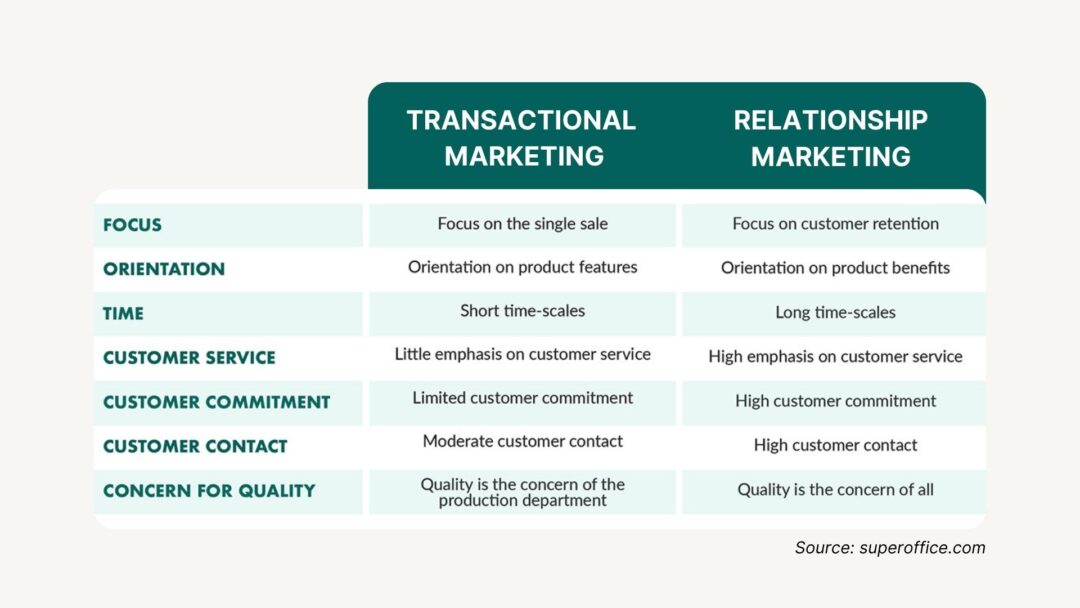
Benefits of strong client relationships in B2B
Before we find out how you can build better relationships, we’ll start with why it’s so important. Let’s take a look at some of the advantages of a relationship-based approach.
It creates mutual trust between you and your client
All relationships are based on trust. If your clients truly believe that your company has their best interests at heart and that the relationship is about more than just making a sale, they will place their trust in your brand. In fact, 88% of B2B buyers will only buy if they view the rep as a trusted advisor.
As well as trusting the quality and reliability of whatever you’re selling, they will trust what your representatives have to say—and will even come to rely on you for valuable business insight and support.
It improves customer loyalty and lifetime value
By building great customer relationships, you also foster loyalty. And, as we all know, customers who stick around are likely to spend more. Once they’re confident that you’ll treat them well and that your business can meet their needs, they won’t be tempted to go elsewhere. Reducing customer churn has a positive impact on your bottom line. It’s easier to upsell to loyal clients, too.
It encourages referrals and word-of-mouth
Word-of-mouth is vital for B2B business—referrals are the top source of sales and marketing leads for B2B companies. To win the best contracts and make the best sales, you need people out there enthusing about you, whether they’re leaving you reviews or just chatting to industry friends about how great you are. Strong B2B relationships mean your customers will be more than happy to sing your praises, knowing you’ll do the same for them.
It widens your professional network
By strengthening relationships with your clients, you also strengthen your entire network. And a strong network opens up a host of opportunities, from resource sharing, community development and affiliate marketing. Once the trust is established, you can also ask customers for recommendations to widen your circle of contacts.
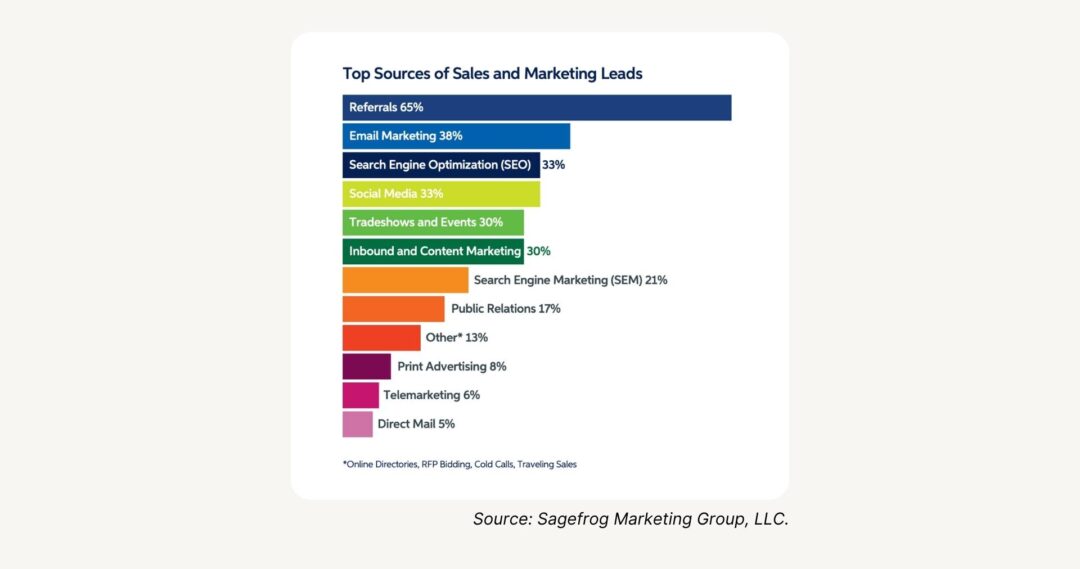
8 Steps for Building Better B2B Relationships
Now let’s explore some of the practical steps you can take to improve your client relationships, generating increased loyalty and a higher lifetime value.
1. Listen to what they want
In order to build a strong B2B relationship, you have to focus on what the client needs rather than on the sale you hope to make. And that means you really need to listen to the customer. “Active listening” is one of the most valued traits in B2B salespeople, and it involves making a conscious effort to hear, understand, and retain the information you receive.
Ask about the particular challenges and pain points in the client’s industry or niche, and their own unique selling points and business objectives. Allow them to express hesitation about potential risks, and demonstrate that you genuinely care about helping them.
The more you develop an understanding, the easier it will be to tailor your offering and your approach to each client. Concentrate on solving problems and exceeding expectations, rather than talking about prices.
2. Treat customers as partners
Relationships are a two-way street, and the strongest ones will reward you as well as benefiting the customer. Your B2B clients are successful business-people themselves, so it makes sense to share ideas. You could go a step further by inviting them to become a part of your business, for instance as part of a customer advisory board.This would typically involve clients who have been with you for a long time, so you can position them as trusted confidants. When you’re launching a new product or a marketing campaign, ask them to attend a brainstorming session or a conference call dial in, and show that you value their advice.
Social media is also handy for developing partnerships—you can like and cross-promote your clients’ content, share customer success stories from your own business, and keep track of comments and feedback. Make sure you respond quickly if they post about you, or ask you a question.
3. Communicate on their terms
Building a relationship requires great communication, but every customer has their own preferred channels and methods of doing business with you—some like the convenience of asynchronous communication such as email, while others still prefer a good old chat. And 77% of B2B decision-makers now prefer speaking to vendors via videoconference than on the phone.
As well as being prepared to interact on their chosen channel, you should make sure you offer plenty of ways to get in touch. Remember that not everyone has a smartphone, and some traditional businesses don’t have the technology for video calls. Think about accessibility and ease of use. The digital experiences of customers are very important.
It’s also essential to maintain consistency in the way you communicate across channels, both in terms of the way you interact with clients and the content and messaging you provide. This will help customers to trust what you say and do.
4. Strike the right tone
If your B2B relationships are going to go the distance, you need to be mindful of how you come across to clients—whether it’s via phone, video, messaging, or social media. It’s important to sound warm and sincere, using positive words and always addressing the customer by name. You could set company-wide tone-of-voice guidelines for consistency.
People like to do business with other people, not nameless, faceless companies. Work on communicating with your customers on a human level, and demonstrate empathy when dealing with complaints or problems. Saying a simple “thank you” for their custom is appreciated, too.
The client-centric approach is something that needs full buy-in and a shift in culture, so make sure everyone in your organization is aware of its importance. You could reiterate the message in daily stand-up meetings.
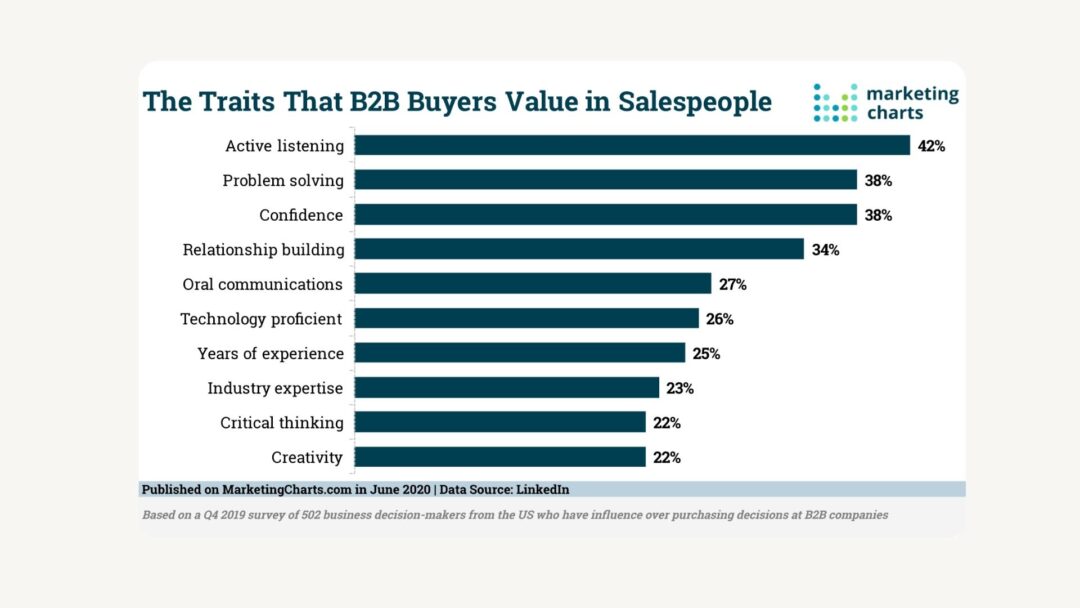
5. Encourage feedback
This one’s linked to listening to your customers, and to great communication in general. As well as showing clients how you can help their businesses, you need to encourage them to reach out to you with suggestions on how you might improve.
The more channels of communication you offer, the easier it will be for your clients to get in touch. And when they do, you need to be ready to respond fast to their inquiries—it’s another way to demonstrate how much you care. For example, a cloud based phone service with advanced call management will enable you to prioritize VIP calls.
Customers telling you what they like and dislike about your product or service can give you even deeper insights than automated QA testing, so encourage honest feedback and make sure you act on it. Continuous improvement helps maintain strong B2B relationships.
6. Use the data
Truly getting to know your clients doesn’t only mean talking (and listening) to them. It also involves gathering and analyzing a lot of customer data. You should collect this from all touchpoints on their journey with your business, and use the knowledge to forge stronger, better relationships.
Use your CRM software to record each client’s details (preferred products, channels, behaviors) so that it’s on hand for everyone to view. Then, no matter which representative handles future interactions with that customer, they will know how the person likes to be treated. Are there any specific tactics or strategies for working with them?
For further insight, you can even analyze sentiment in customer calls and messages (because even in a strong relationship, it might sometimes be tricky to tell what someone is really thinking). The main thing is to always think of your customers as humans rather than statistics—and make sure you have robust cybersecurity measures in place.
7. Segment and personalize
Today’s customers want their marketing, their products, their communications, and their customer services to be relevant and personal to them. In fact, 93% of global B2B professionals believe that personalization efforts have paid off in revenue growth.
Use the data you collect from every customer interaction across the organization and create actionable, real-time client profiles and segments. Try carrying out a RFM analysis that categorizes your customers based on how recently and frequently they’ve purchased, and how much they spent.
As well as creating buyer personas (fictional “people” created with the important characteristics of your customer base), you can segment clients using whatever categories make most sense for your business. Common examples are geographic, demographic, psychographic, and behavioral segmentation.Once you’ve done the research and defined these segments, you can send relevant communications to each group, perhaps using localized language, quoting in their own currency, or talking about events or places near to the customer.
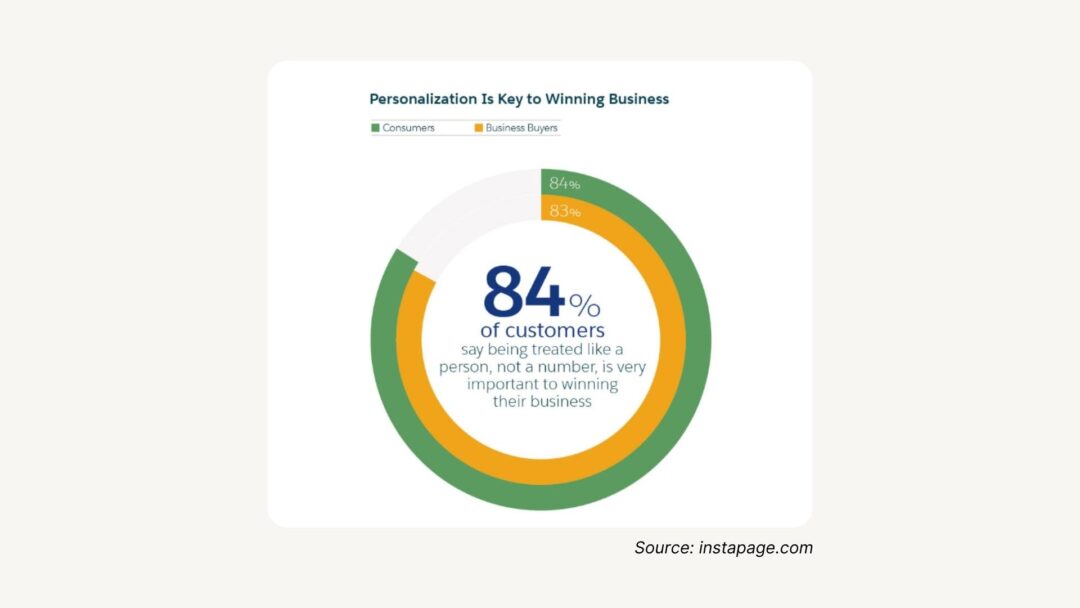
8. Focus on existing customers
Attracting new clients is a way to refresh your customer base and keep your business in the public eye, and it may be tempting to cast your net wide and acquire as many customers as possible. But this also brings a high risk of churn, and fewer opportunities for close relationships and personalization.
It’s far more productive to maintain your existing relationships, especially when you’ve already put in the effort to convert them from prospects to buyers. It costs less to retain a customer than it does to acquire a new one, and you can focus on nurturing your VIPs and forming partnerships. Here are some of the ways you can boost existing relationships:
- Start a loyalty program
- Send them offers, discounts, or even just congratulatory emails on special events (birthdays, or the anniversary of their first purchase with you)
- Send them information on offers and new products they may be interested in
- Invite them to special events such as product launches.
Building strong B2B relationships is the key to success
Sales, revenue, and KPIs are important benchmarks, sure. But rather than focusing on your customers as buyers, you should think of them as humans first and foremost—and never stop looking for ways to show them how much they are valued and appreciated.Concentrate on engaging with your existing customers, and carry out segmentation so that you can personalize interactions. Analyze the data to identify communication preferences, and keep it regular and consistent (with the right tone). In addition to account management and sales teams, it’s worth developing relationships between your executives and your clients’ leaders. This will help you gain brand buy-in.
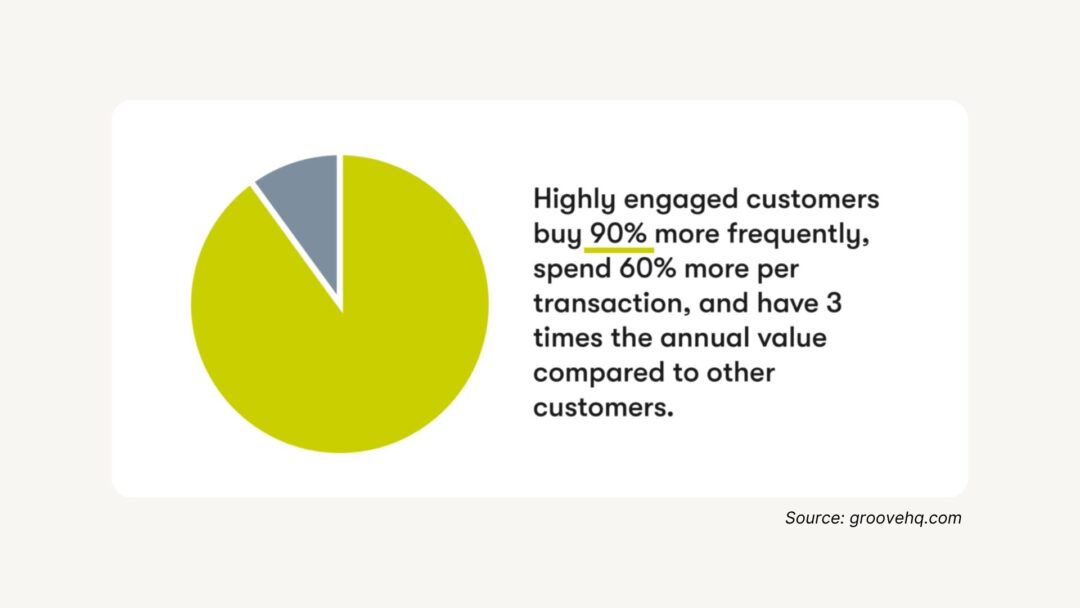
Whether you’re selling supplies to a building company, providing software as a service to tech start-ups, or encouraging a business to use your venue for their conferences, the relationships you cultivate with your clients are vital to the success of your business. Follow the steps in this post and you’ll be all set to make those relationships stronger than ever.
About the author

Jessica Day
Senior Director, Marketing Strategy, Dialpad
Jessica Day is the Senior Director for Marketing Strategy at Dialpad, a modern business communications platform that takes call center workforce management to the next level—turning conversations into opportunities. Jessica is an expert in collaborating with multifunctional teams to execute and optimize marketing efforts, for both company and client campaigns.
